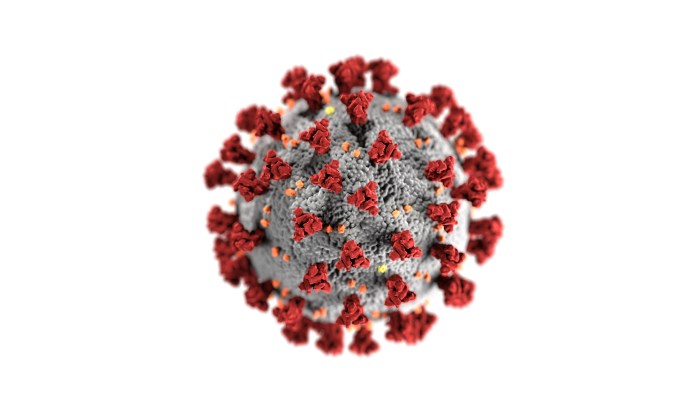Parents have had a lot to worry about these last few months. Now there’s a mysterious illness affecting children.
Many are calling this illness Kawasaki syndrome, a sometimes fatal condition that may mimic Kawasaki, but it is not Kawasaki disease. It has been diagnosed in more than 150 New York children as of press time, including several on Long Island, one of whom died in April.
Dr. Christopher Kelly, chief of the Division of Pediatric Emergency Medicine at NewYork-Presbyterian Brooklyn Methodist Hospital, shared what this mystery illness is and what parents need to know about the symptoms.
Is this mystery illness Kawasaki disease? This is not Kawasaki disease. Multisystem Inflammatory Syndrome in Children (MIS-C) shares a lot of similarities to Kawasaki but also several differences, which is what we are seeing. When we look at both of them — the reason people are saying it’s Kawasaki-like is because of these similarities. However, with PMIS, we are seeing the following: Conjunctivitis (red eyes) without discharge; red, cracked lips and a strawberry tongue; rash to the body; and swelling and peeling of the hands and feet.
What are the similarities between MIS-C and Kawasaki disease? Both tend to have high fevers for several days, sometimes more than a week. What’s different is, most kids with MIS-C present with GI symptoms — severe abdominal pain, vomiting, and a lot of diarrhea. Also, we’re seeing this predominantly in school-age children (5 to 15 years), whereas Kawasaki typically affects kids under the age of 5. Although we see this condition in all ages, the majority is at the ages of 5 to 15. What is concerning about both is that they lead to inflammation of blood vessels and the heart, which, if untreated, can cause serious long-standing problems, which is why it is so important to diagnose the symptoms.
Is it connected to COVID-19? There definitely seems to be a link at this point in time. Most of these cases seem to occur approximately one month after a geographic area has seen a spike in adult COVID cases. There is a thought that this is a post infectious reaction to COVID in children. Most children have tested positive for either the virus via a nose or stool swab, or have evidence of antibodies in their blood. Further research will need to be done to show if it’s a direct result of infection.
See full story at NewYorkFamily.com
For more coronavirus coverage, visit longislandpress.com/coronavirus
Sign up for Long Island Press’ email newsletters here. Sign up for home delivery of Long Island Press here. Sign up for discounts by becoming a Long Island Press community partner here.




























